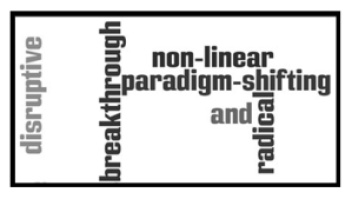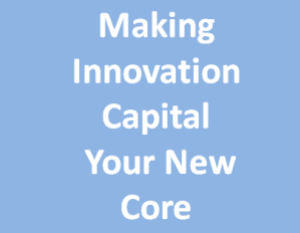 Our whole understanding of innovation is changing; there are numerous shifts occurring.
Our whole understanding of innovation is changing; there are numerous shifts occurring.
We are moving towards a new management of innovation where ‘greater’ collaboration is fueling new business models built on platforms, formed around ecosystems of communities with vested interest, contributing and extracting value.
Today and in the future, the value is created outside the individual company and not within. It is far more working as a constellation, drawing from an evolving network effect seeking out combined solutions from this design.
This third post of an extended series on my thoughts on “moving towards a new way of managing innovation” that explores the potential for changing the management of innovation, this looks at the significant value of platforms and ecosystems.
We need to find a new way of doing things differently around innovation and its management.
This is based on a relationship-based, networked designed concept built for collective activities. Relationships where shared value leads to a value creation that no one single organization can provide.
This requires open collaboration and an environment seeking mutual promise from individual input, contribution and extraction, delivering an integrated set of services and solutions being constructed on the platform from a sharing of knowledge, for delivering into evolving value propositions, all benefiting from, both collectively and individually
I am proposing in this series a view that innovation management needs to radically adjust and will be based on the thinking around the shift from products to solutions, from transactions to growing far more value-adding ongoing relationships, from a supplier of product services into highly valued network partnerships, exploring innovation across all options, instead of delivering on discrete elements; this requires managing the whole ecosystem of the innovation design differently through technology where platforms dominate.
Continue reading “The innovating power of ecosystems and platforms”








